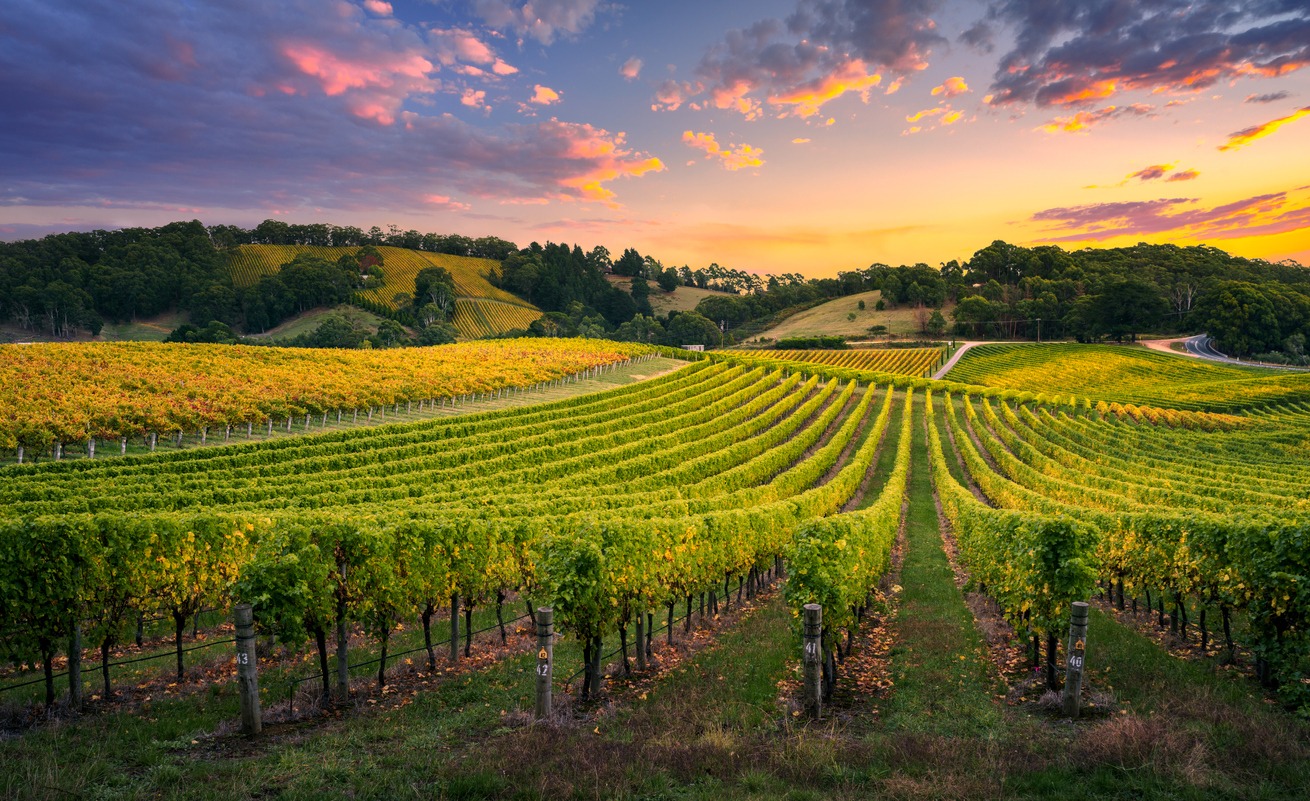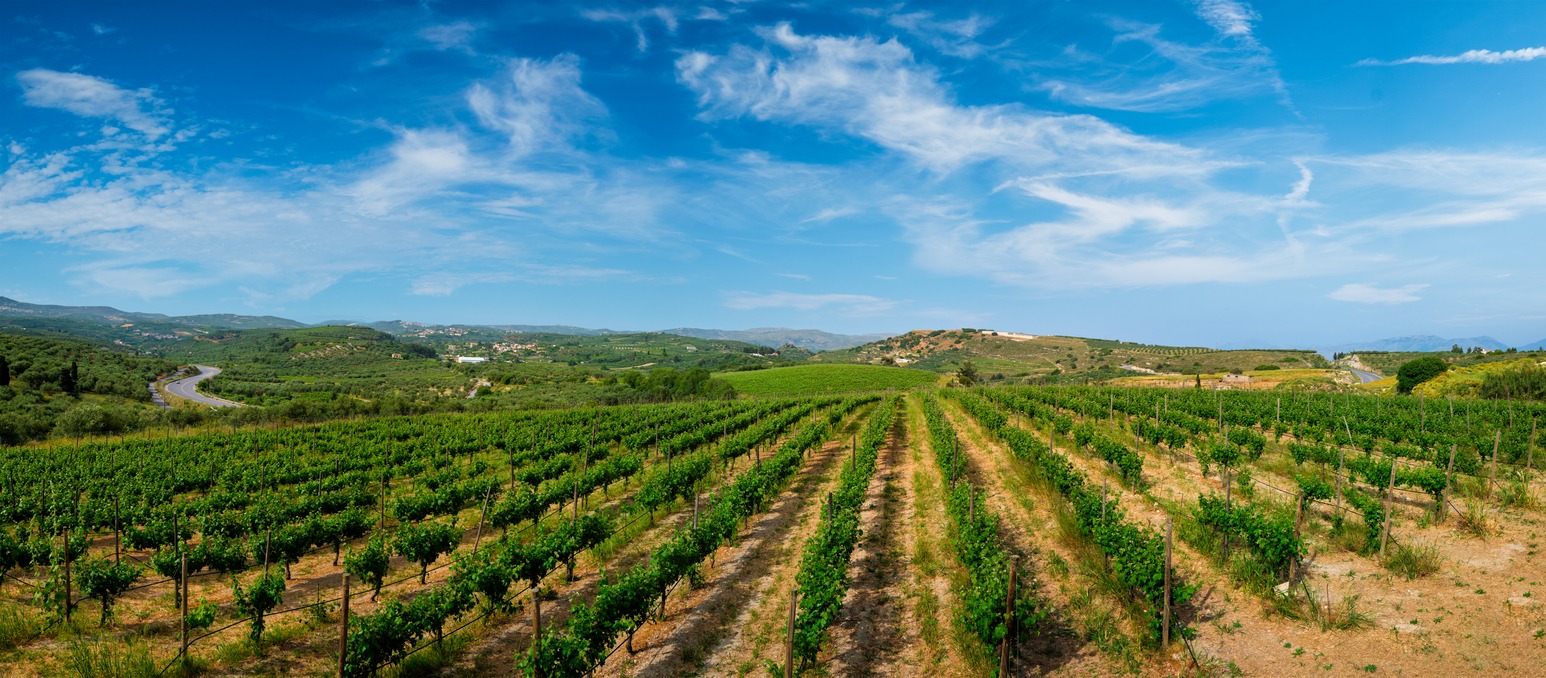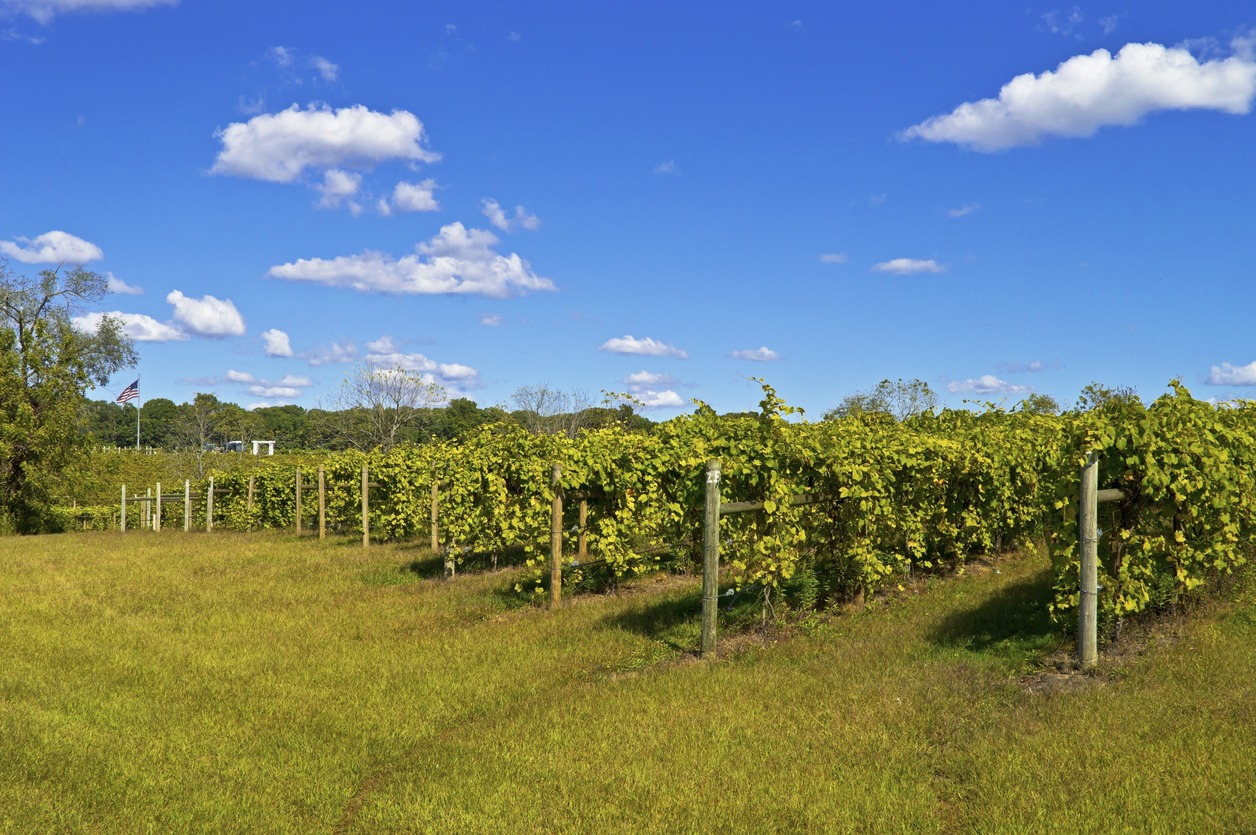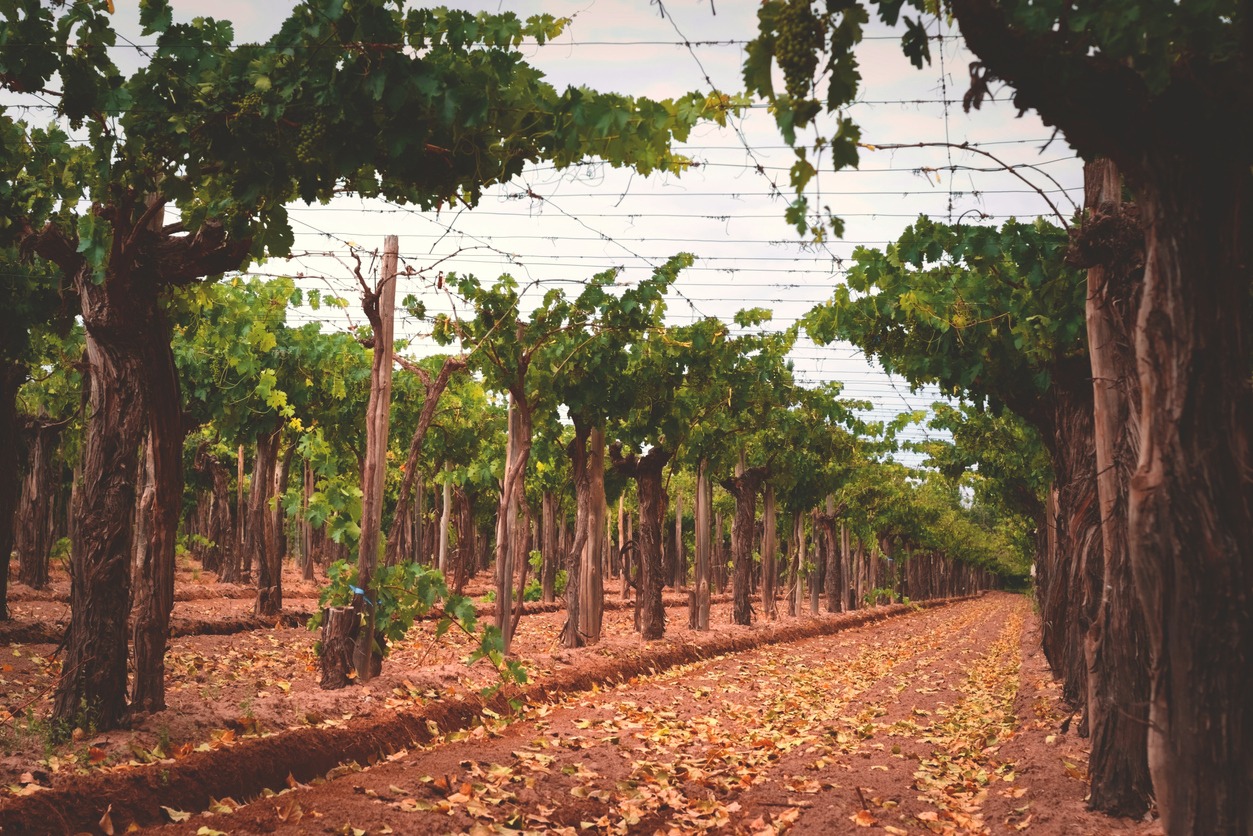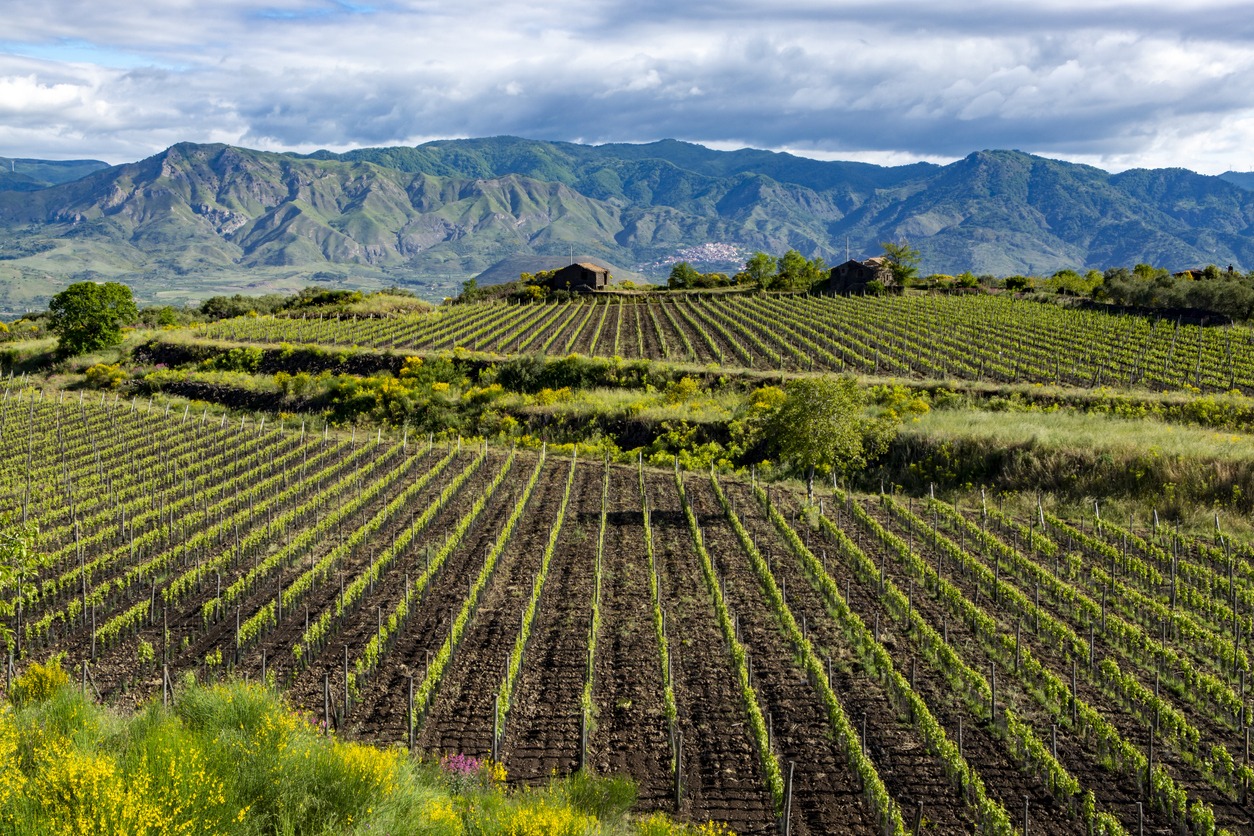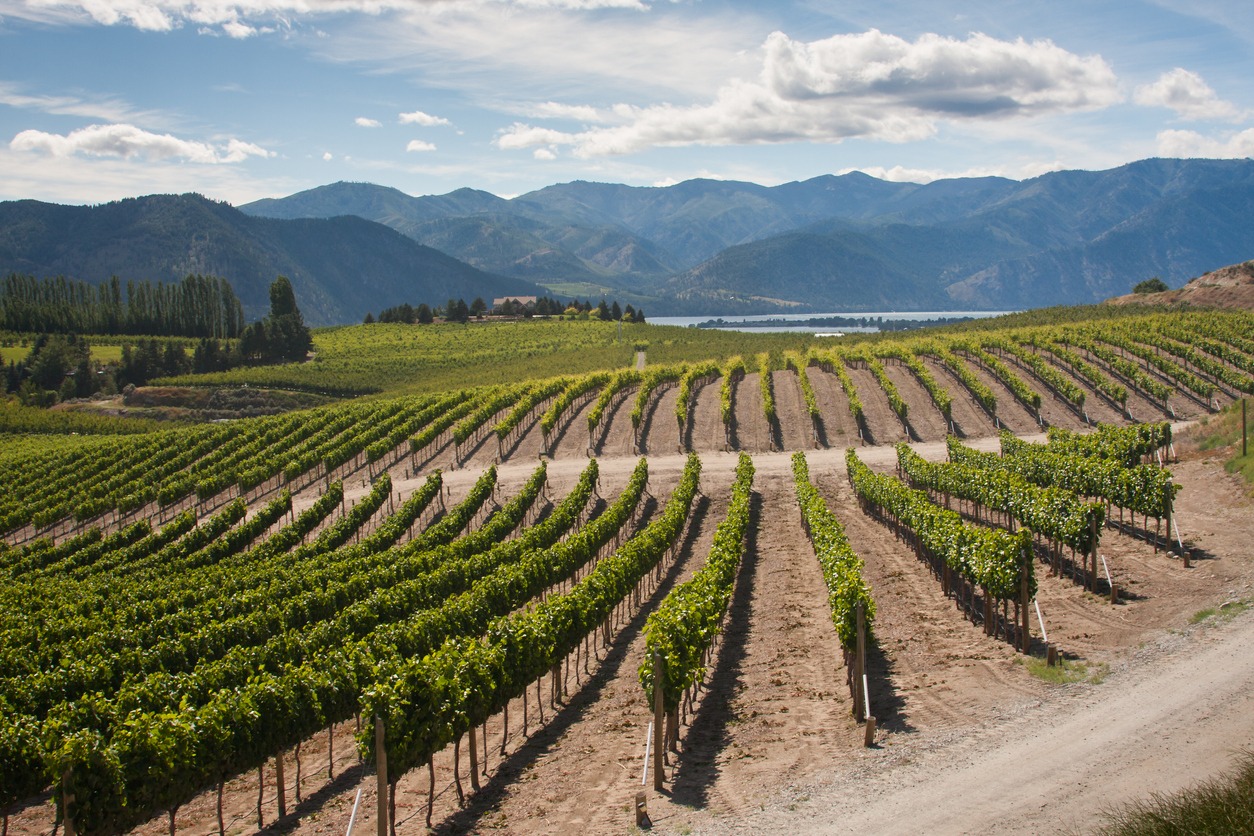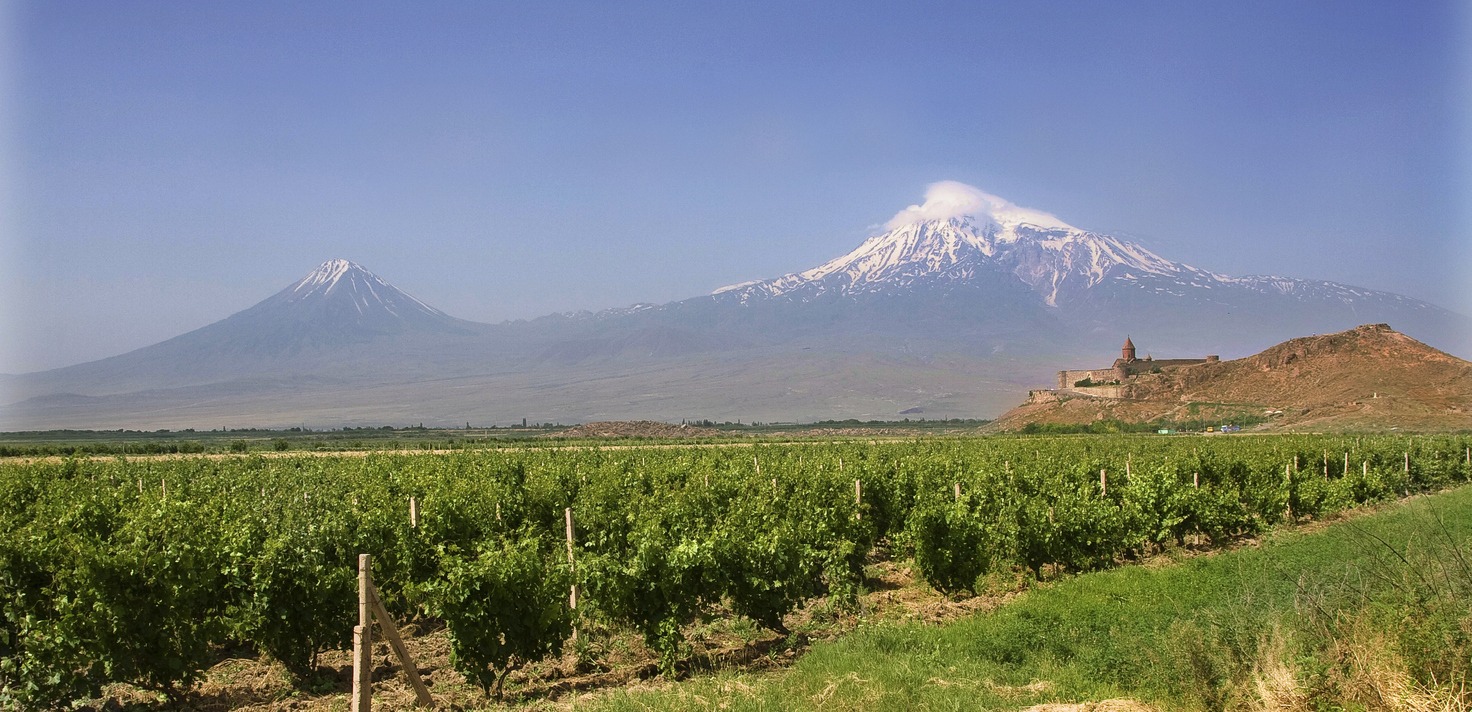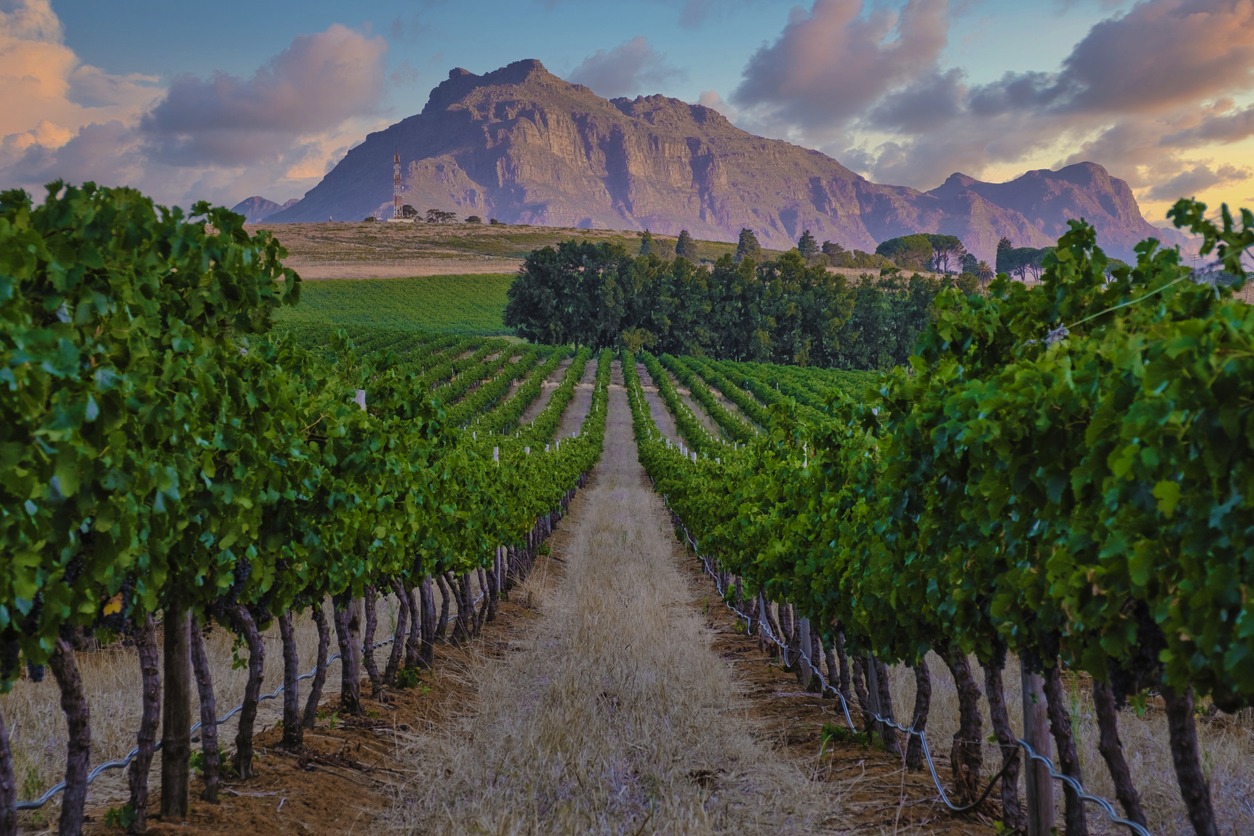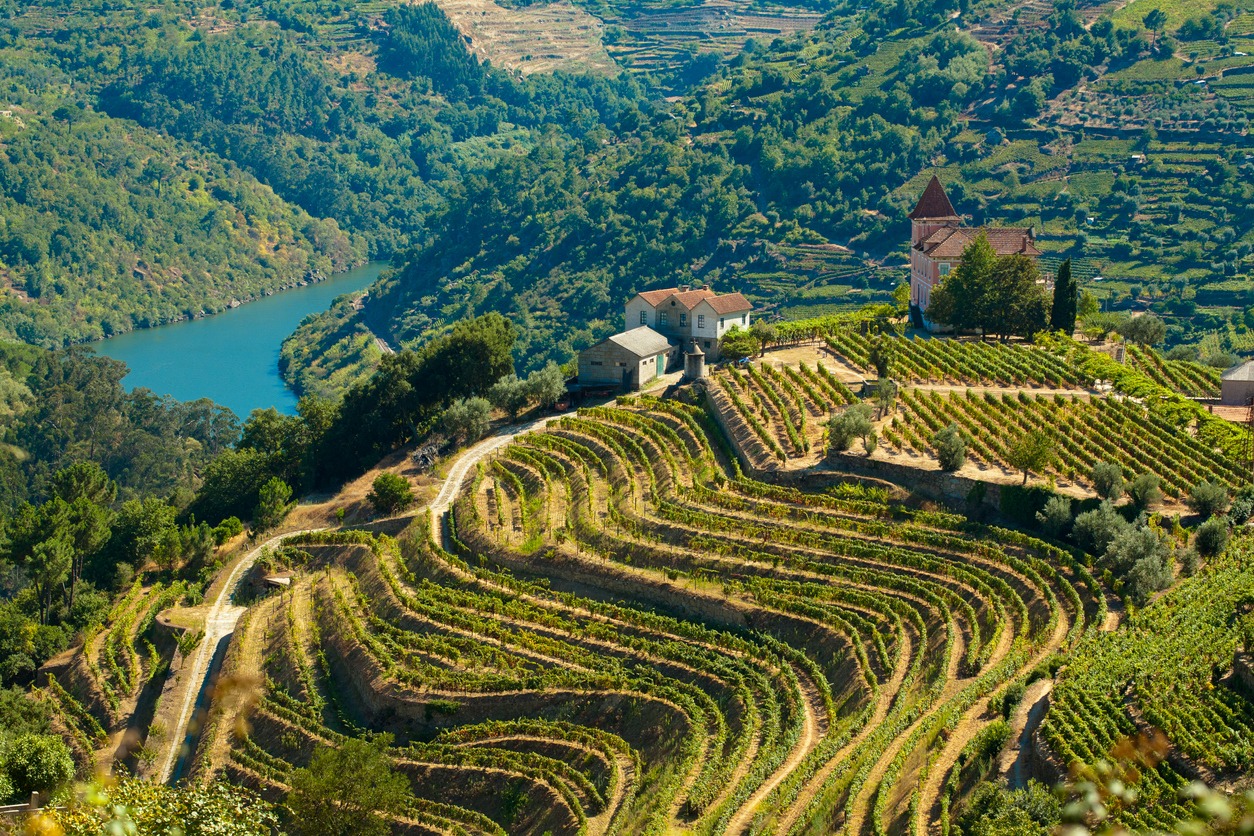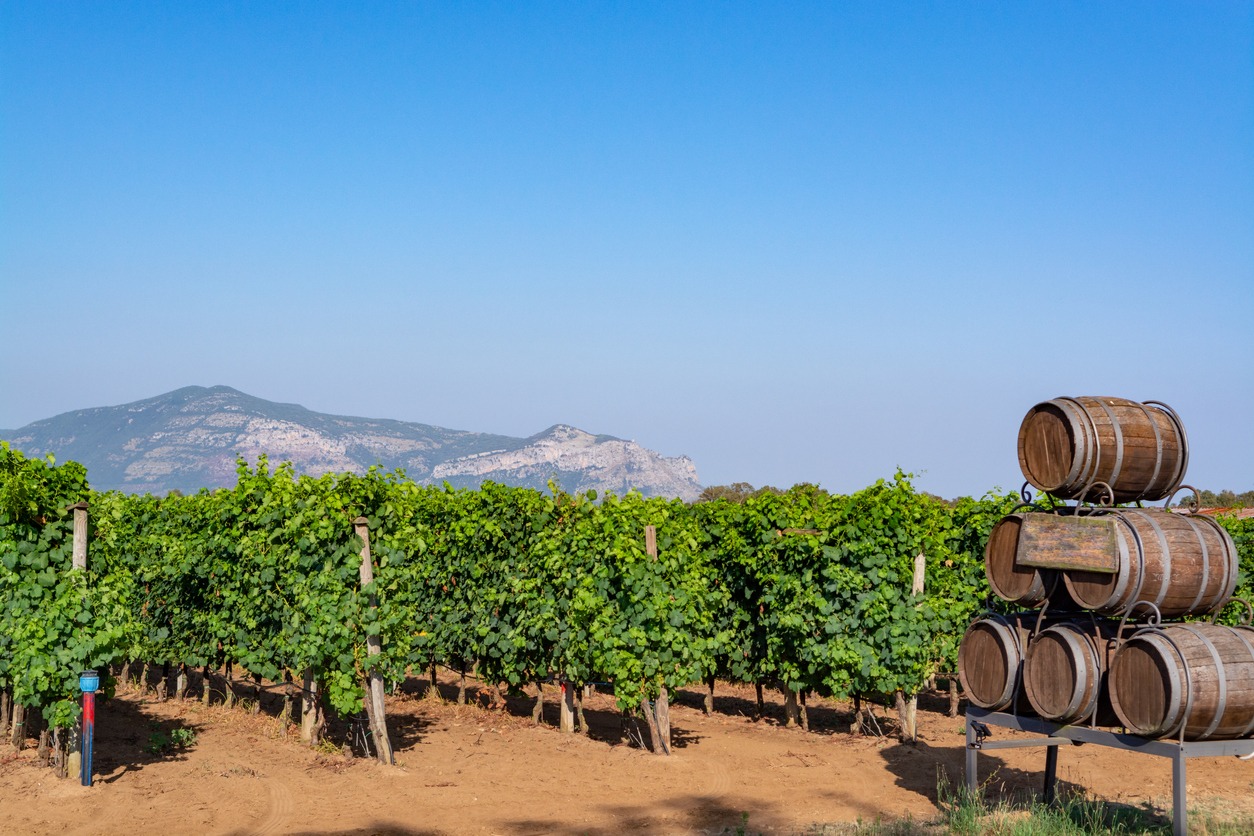The wine industry is always evolving, and lately, there’s been an exciting development: a wave of new wine regions is making their mark. From the historic lands of Armenia to the innovative fields of Washington State, these regions are quickly becoming hotspots for wine enthusiasts. Each area brings its own unique flavors and techniques, challenging what we know about wine production.
In this article, we’ll dive into some of the most promising new wine regions around the globe. You’ll learn about the distinctive characteristics that set these areas apart and why they’re worth paying attention to. Whether you’re a seasoned wine lover or just curious about the latest trends, this guide to the newest wine regions is sure to pique your interest.
Crete, Greece
Crete is the largest island in Greece, and it has a rich winemaking history dating back to the Minoan civilization, which was more than 40,000 years ago. However, even though it has an ancient heritage, the modern wine industry in Crete is relatively young. It’s because it had to rebuild its wine industry after the phylloxera epidemic in the late 20th century.
Modern Wine Industry
The last few decades have seen a significant transformation in Cretan winemaking. The focus has shifted from bulk wine production towards quality and innovation. A new generation of winemakers in Crete is now committed to reviving and cultivating native grape varieties. These varieties include Vidiano, Vilana, Liatiko, and Mandilari, each offering unique flavors and characteristics.
Vidiano, an aromatic white grape, is particularly noteworthy for its resurgence. It was nearly extinct but is now spearheading the island’s wine renaissance. The Cretan wine industry is also characterized by small-scale, boutique wineries that emphasize terroir-driven wines. These wineries are exploring modern winemaking techniques while respecting traditional practices.
Wine Varieties and Styles
Crete’s wine portfolio is diverse, with a focus on mono-varietal bottlings. The white wines, particularly from Vidiano and Vilana grapes, are known for their aromatic profiles and freshness. The red wines, like those from Liatiko and Mandilari grapes, range from light and fruity to full-bodied and complex.
Tourism and Wine Tasting Experience
Crete’s wine region is becoming a significant attraction for enotourism. Many wineries now offer tasting rooms and tours, providing visitors with immersive experiences. The island’s picturesque landscapes, combined with its rich history and culture, make wine tourism in Crete an attractive proposition for travelers.
Crete’s emergence as a wine region is a story of revival and innovation. With a blend of ancient heritage and modern winemaking, it’s a region that not only preserves its past but also adapts to the future, making it an exciting area to watch in the global wine landscape.
New Jersey, USA
New Jersey’s entry into the wine scene was delayed due to a pre-prohibition law that limited the number of wineries in the state. This law was abolished in the early 1980s, which marked the beginning of a new era for New Jersey’s wine industry. Initially, there were only a handful of wineries in the state, but the number has grown significantly since then. As of now, there are approximately 40 wineries in New Jersey.
Modern Developments
The last two decades have seen remarkable growth in the New Jersey wine scene, with nearly three-quarters of its current wineries established since 2000. This rapid development has brought a fresh wave of innovation and enthusiasm to the region.
New Jersey winemakers have been known for their bold and creative approaches. They blend classic winemaking techniques with modern innovations, and even secure unique trademark protections, like the term “Chambrusco,” a sparkling red wine style.
Unique Characteristics and Wine Styles
The state’s wine industry is characterized by a mix of both hybrid and international grape varieties. There’s a growing emphasis on Italian varieties such as Barbera and Nebbiolo. The diversity in wine styles is significant, ranging from light, sparkling wines to full-bodied reds and whites. This variety caters to a wide range of palates and preferences.
Wine Tourism and Accessibility
The state’s compact size and proximity to major cities like New York City and Philadelphia make it an accessible destination for wine tourists. New Jersey’s wineries offer a range of experiences, from tasting rooms to vineyard tours, catering to both casual visitors and wine enthusiasts.
Uco Valley, Argentina
The Uco Valley, nestled in the larger Mendoza region of Argentina, is rapidly gaining prominence as a distinguished wine-producing area. Its unique location at the foothills of the Andes Mountains provides a distinct terroir characterized by high altitudes, a cool climate, and a wide diurnal temperature range, which are ideal for grape growing.
Evolution of the Wine Industry
Historically overshadowed by the more established Malbec-producing areas in Mendoza, Uco Valley has witnessed significant growth and innovation in recent years. The last decade, in particular, has seen a surge in the establishment of new vineyards, modern wineries, and luxury wine resorts, attracting both wine professionals and enthusiasts.
Diversity in Wine Production
While Malbec remains a significant varietal, Uco Valley winemakers are expanding their horizons, experimenting with other red varieties like Cabernet Franc and Bonarda. The region is also gaining attention for its innovative approaches, including the production of sparkling wines, skin-contactless white Malbec, and other experimental wine styles.
Wine Tourism and Global Recognition
The natural beauty of Uco Valley, combined with its burgeoning wine industry, has made it a desirable destination for wine tourism. Recognition from international wine organizations and awards is cementing Uco Valley’s status as a premier wine region.
Uco Valley represents a dynamic and evolving wine region where tradition meets innovation. With its unique terroir, focus on sustainability, and growing international acclaim, it is a region that offers a new perspective on Argentinian wines and is an exciting area to watch in the global wine landscape.
Etna, Sicily
Mount Etna, an active volcano on the island of Sicily, provides a unique and fertile terroir for viticulture. The volcanic soils, rich in minerals, contribute to the distinctive flavor profile of Etna wines. The winemaking history in this region dates back to ancient times, but it is the recent resurgence and focus on quality that has placed Etna on the global wine map.
Recent Developments and Growing Prestige
In recent years, Etna has experienced a significant rise in prestige, attracting attention from major wine players and investors. This influx has led to a modernization of winemaking techniques while preserving traditional methods. The region is known for producing wines that beautifully express their terroir, with a focus on native grape varieties such as Nerello Mascalese for reds and Carricante for whites.
Wine Characteristics and Styles
Etna’s wines are celebrated for their complexity and elegance. The reds, primarily made from Nerello Mascalese, are known for their light color, aromatic richness, and fine tannins, often compared to the great wines of Burgundy and Piedmont. White wines, mainly produced from Carricante, are appreciated for their acidity, minerality, and aging potential, making them stand out in the realm of Mediterranean whites.
Tourism and Educational Aspects
The picturesque landscapes of Etna, combined with its rich wine culture, have turned the region into a prime destination for wine tourism. Many wineries offer tours and tastings, providing visitors an opportunity to learn about volcanic winemaking and the region’s unique viticultural practices.
Etna, Sicily, represents an exciting and dynamic chapter in the world of wine. With its unique volcanic terroir, focus on indigenous varieties, and a blend of tradition and innovation, Etna is not only redefining Sicilian wine but also making a significant mark on the international wine landscape.
Washington State, USA
Washington State, often overshadowed by its Californian neighbor, has been steadily carving out a name for itself in the wine world. This rise to prominence is relatively recent, with a significant boom in wineries and vineyard acreage over the past few decades. The state now boasts a vibrant wine scene, with over 1,000 wineries, making it the second-largest wine producer in the United States.
Geographic and Climate Diversity
Washington’s diverse geography and climate are key to its winemaking success. The Cascade Mountains create a rain shadow effect, providing the eastern part of the state with an ideal arid climate for grape growing. This varied topography allows for the cultivation of a wide range of grape varieties, from robust reds to crisp whites.
Grape Varieties and Wine Styles
While Washington is known for its Merlot, Cabernet Sauvignon, and Syrah, it is also gaining acclaim for its Riesling, Chardonnay, and other varietals. The state’s wines are characterized by their balance, fruit-forward nature, and accessibility, appealing to a broad spectrum of wine enthusiasts.
Wine Tourism and Education
The growth of the wine industry has spurred a surge in wine tourism in Washington State. Regions like Walla Walla, the Yakima Valley, and the Columbia Valley have become popular destinations for wine enthusiasts. Many wineries offer educational tours and tastings, providing insights into the unique aspects of Washington viticulture and winemaking.
Washington State is a dynamic and evolving wine region that combines diverse terroir, innovative winemaking, and a commitment to sustainability. With its wide array of quality wines and growing reputation, it is quickly becoming a key player in the American and global wine industry.
Armenia
Armenia is often cited as one of the oldest winemaking regions in the world, with a history that dates back thousands of years. This ancient tradition is rooted in the country’s unique geography and climate, ideal for viticulture. The discovery of the world’s oldest known winery in a cave in Areni, dating back to around 4100 BCE, underscores Armenia’s deep historical connection to winemaking.
Revival of the Wine Industry
The Armenian wine industry suffered during the Soviet era, with a focus primarily on brandy production. However, since gaining independence, there has been a renaissance in Armenian winemaking. A new wave of winemakers has been reviving ancient grape varieties and techniques while incorporating modern technologies and practices.
Indigenous Grape Varieties
Armenia is home to over 400 indigenous grape varieties, many of which are not found anywhere else in the world. Prominent among these are Areni Noir for red wines and Voskehat for whites. These indigenous grapes are central to the country’s wine identity, offering unique flavors and characteristics distinct from more common international varieties.
Terroir and Winemaking Techniques
Armenia’s diverse terroir, characterized by high altitudes, volcanic soils, and a continental climate, contributes to the distinct profiles of its wines. Traditional winemaking techniques, such as aging in ‘karas’ (clay amphorae), are being revived and combined with modern methods to create wines that are both unique and high in quality.
Wine Tourism and Cultural Significance
The growth of the wine industry in Armenia has also led to a rise in wine tourism. Visitors are drawn to the country’s rich history, beautiful landscapes, and unique wine-tasting experiences. Wine plays a significant role in Armenian culture and heritage, with traditional festivals and events celebrating the country’s winemaking history.
Armenia’s wine industry represents a fascinating blend of ancient traditions and modern innovation. With its unique grape varieties and commitment to quality, Armenia is not only preserving its rich winemaking heritage but is also carving out a place for itself in the contemporary wine world.
South Africa
South Africa’s winemaking history dates back to the 17th century, making it one of the oldest wine-producing countries in the New World. The Dutch East India Company established the first vineyard near Cape Town, laying the foundation for a rich winemaking tradition. Despite its long history, the South African wine industry has experienced a renaissance in recent decades, marked by innovation and a renewed focus on quality.
Unique Wine Regions and Terroir
South Africa’s wine regions, such as Stellenbosch, Paarl, and Franschhoek, are known for their diverse microclimates and terroirs. The country’s location, sandwiched between the Atlantic and Indian Oceans, creates unique conditions ideal for a variety of grape types. The region’s terroir is characterized by a combination of rich soils and a Mediterranean climate, which contribute to the distinctive character of South African wines.
Signature Grape Varieties
Chenin Blanc, known locally as Steen, is South Africa’s most widely planted grape and a hallmark of the country’s white wine production. It’s celebrated for its versatility and ability to produce a range of styles from fresh, crisp whites to rich, aged wines. Pinotage, a cross between Pinot Noir and Cinsault, is a red grape unique to South Africa. It produces robust wines with smoky, brambly flavors and has become synonymous with the South African wine identity.
Wine Tourism and Cultural Impact
The scenic beauty of South Africa’s wine regions, combined with a rich cultural heritage, has made wine tourism a significant part of the country’s appeal. Wine routes, tastings, and festivals attract visitors from around the world. Wine plays a vital role in South Africa’s economy and cultural identity, with the industry supporting numerous jobs and contributing significantly to the country’s tourism sector.
South Africa’s wine industry represents a blend of historic traditions and modern dynamism. With its unique grape varieties, commitment to sustainability, and growing global recognition, South Africa is a key player in the world of contemporary wine.
Douro Valley, Portugal
The Douro Valley, renowned for its striking terraced vineyards and historic winemaking, is one of the most picturesque wine regions in Portugal. This area is recognized for producing the world-famous Port wine and has also gained acclaim for its high-quality dry table wines. The region’s viticultural history is deeply entwined with the Douro River, which has been central to its development and character. The river not only shapes the terrain but has historically been a crucial conduit for transporting wines.
Unique Terroir and Wine Production
The Douro Valley’s terroir is characterized by its mountainous landscape, diverse soil types, and hot continental climate. These factors contribute to the distinct taste profile of its wines. The region is divided into three subregions: the Douro Superior, Cima Corgo, and Baixo Corgo, each with its own microclimate and wine styles. The Douro Superior is emerging as an important area for vineyards, Cima Corgo is known for its high-end Vintage Port, and Baixo Corgo is best suited for table wines.
Grape Varieties and Wine Styles
Over 80 grape varieties can be found in the Douro Valley, but a few key varieties like Touriga Nacional, Touriga Franca, Tinta Barroca, Tinto Cao, and Tinta Roriz (Tempranillo) dominate the vineyards. Touriga Nacional is particularly esteemed for its aromatic quality. The Douro Valley’s wines, both still and fortified, are often blends of these diverse grape varieties. While the region is synonymous with fortified Port wines, it also produces impressive dry red and white table wines.
Tourism and Cultural Significance
The Douro Valley’s stunning landscape, classified as a UNESCO World Heritage site, makes it an attractive destination for wine tourism. Visitors can enjoy the beauty of the region through various activities like hiking and boat tours along the Douro River. The region’s proximity to Porto allows for easy access and exploration, offering a blend of natural beauty, cultural richness, and wine experiences.
The Douro Valley in Portugal represents a harmonious blend of ancient winemaking traditions and modern innovations. With its unique terroir, diverse grape varieties, and commitment to quality, the Douro Valley is not just the heartland of Port wine but also a burgeoning source of exceptional table wines. This region stands as a testament to Portugal’s rich winemaking heritage and its evolving future in the global wine scene.
Lazio, Italy
Lazio, a region in central Italy known for its capital city, Rome, has traditionally been renowned for its white wines. The predominant grape varieties include Trebbiano, Malvasia di Candia, and Malvasia Puntinata.
Modern Lazio wines have evolved from their traditionally fat, rounded, and sweetish profile to lighter, drier, and crisper styles, thanks to contemporary winemaking techniques. These wines are designed for early consumption and are characterized by sharpness and high acidity, making them excellent companions for local cuisine.
Red Wines of Lazio
While less famous than its white counterparts, Lazio’s red wines are gaining prominence. The region produces reds from a variety of grapes like Sangiovese, Cesanese, Montepulciano, Merlot, and Nero Buono di Coro, among others. These wines are known for their tannin-rich, deep color and ability to age well. Cesanese, particularly the DOCG Cesanese del Piglio, is noted for producing fragrant and tannin-rich wines that are capable of bottle aging for several years.
Geographical Diversity and Terroir
Lazio’s landscape is diverse, encompassing volcanic hills near Rome, which provide fertile and well-drained soils, ideal for viticulture. The soil types, rich in potassium, are especially favorable for white grape varieties, ensuring a good balance of acidity.
The region’s microclimates are influenced by its proximity to the Tyrrhenian Sea, offering cool sea breezes that temper the warmer temperatures, and its mountainous areas, protected from cold northeastern winds by the Apennines.
Challenges and Future Prospects
The region has faced challenges like drought and hailstorms, which have affected both organic and conventional vineyards. However, winemakers in Lazio have been resilient, maintaining quality even in smaller quantities.
Despite these challenges, Lazio’s winemaking continues to impress, with a range of grapes contributing to its success. The region’s wineries have been recognized in wine competitions, indicating a consistent quality across its provinces.
Lazio’s wine region is a testament to the blend of ancient tradition and modern innovation. With its diverse terroir, range of grape varieties, and evolving wine styles, Lazio continues to play a vital role in Italy’s rich viticultural tapestry.
Conclusion
Each of these wine regions – Crete, New Jersey, Uco Valley, Etna, Washington State, Armenia, South Africa, Douro Valley, and Lazio – offers its own unique contributions to the global wine industry. From ancient traditions to modern innovations, these regions are not only preserving their rich winemaking heritages but are also adapting to contemporary trends and challenges. With their diverse climates, grape varieties, and evolving wine styles, these areas represent the dynamic and ever-changing nature of the world of wine. As they continue to grow and gain recognition, they offer exciting opportunities for exploration and discovery for wine enthusiasts around the world.
